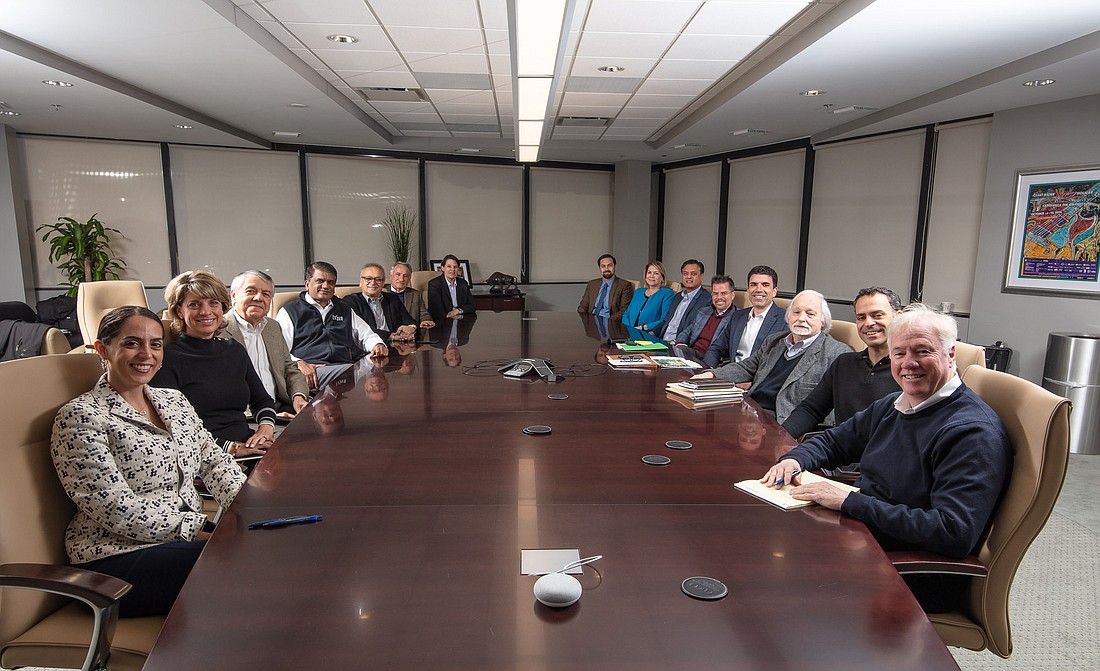- December 19, 2025
-
-
Loading

Loading

Alexis Ohanian made some waves last June when he resigned from the board of the company he founded in 2005, online news aggregator and online community Reddit, with one request: he wanted to be replaced by a Black director.
'This program has been a rip-roaring success. We are trying to change the world two people at a time.' Paresh Patel, HCI Group